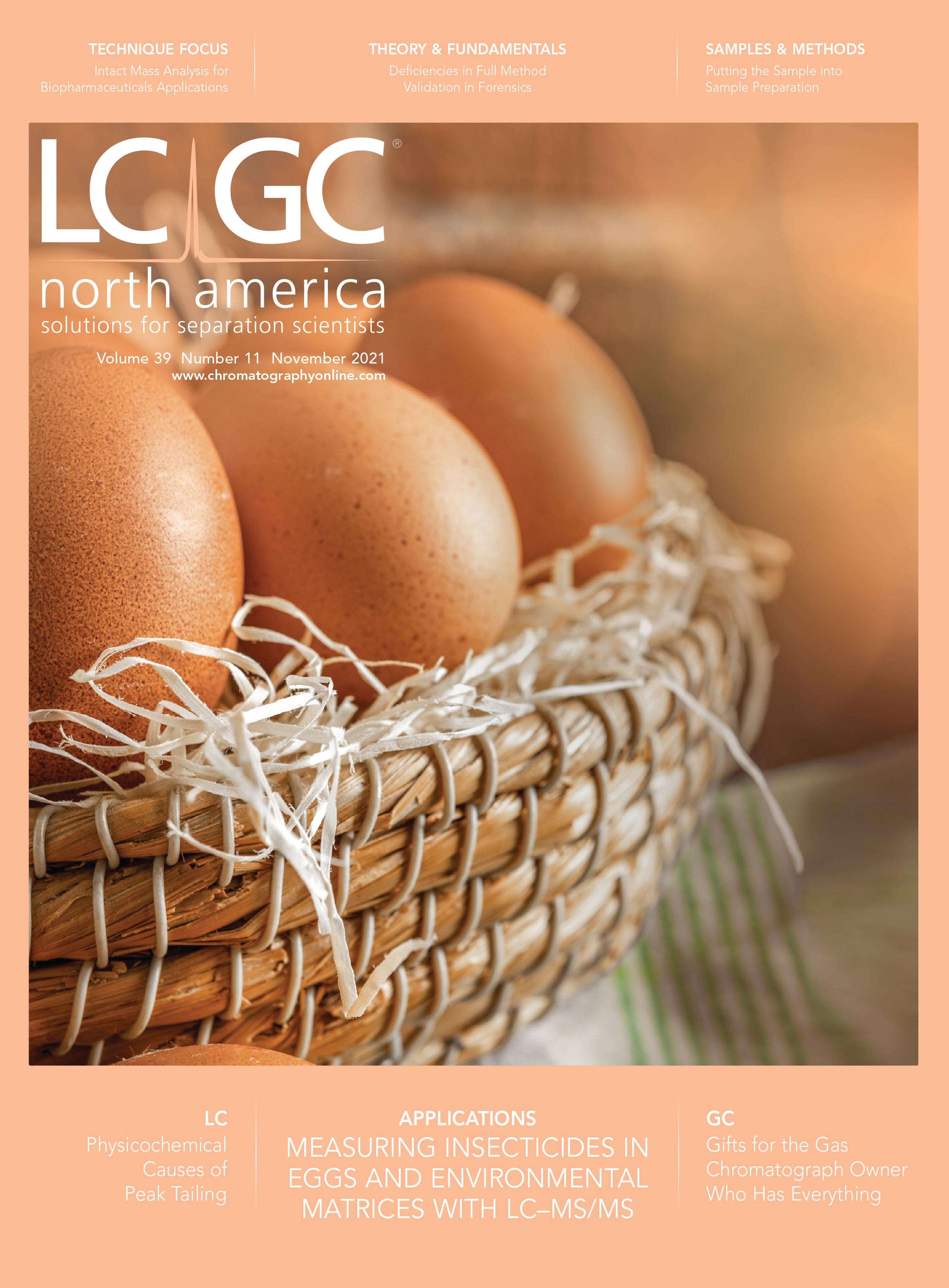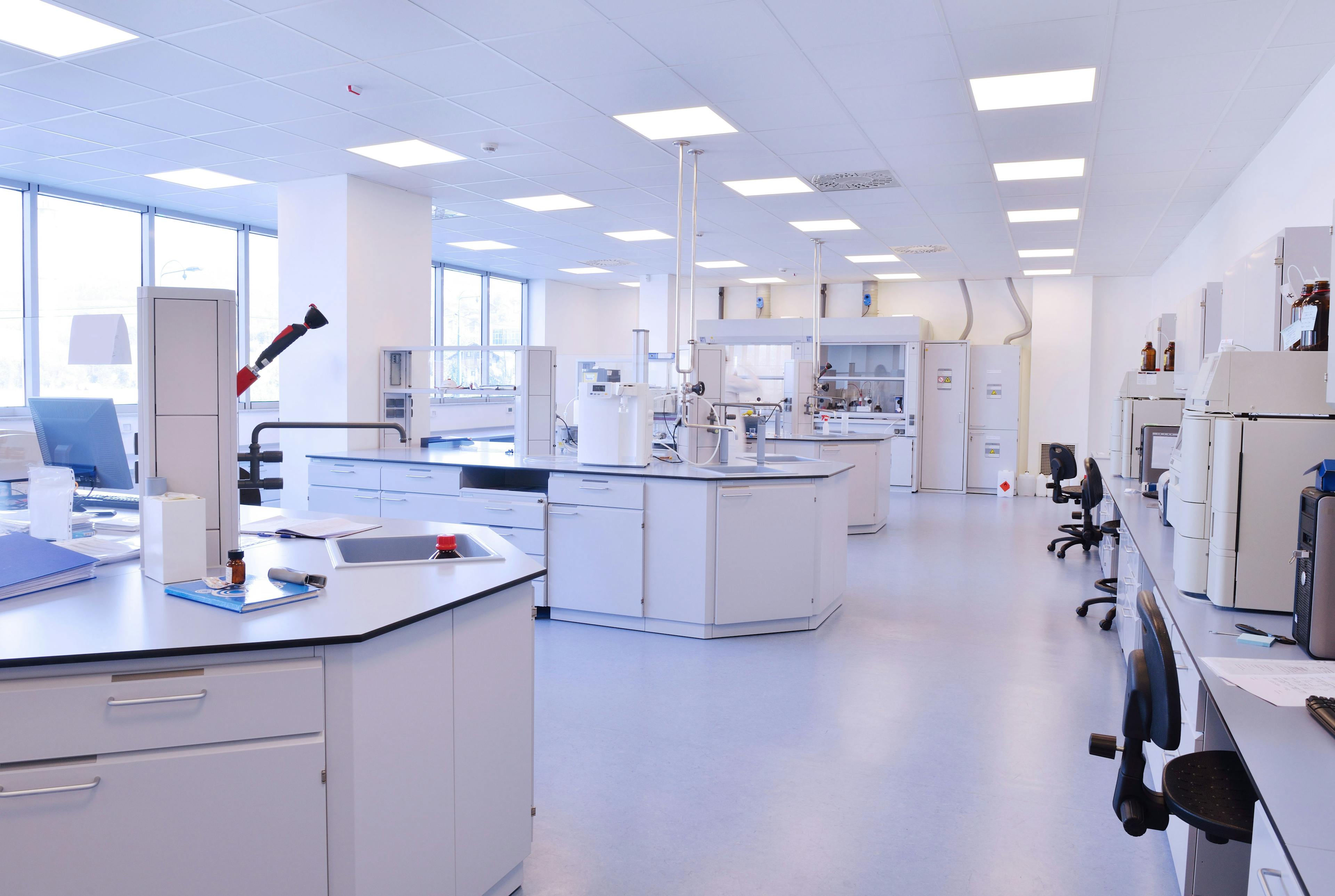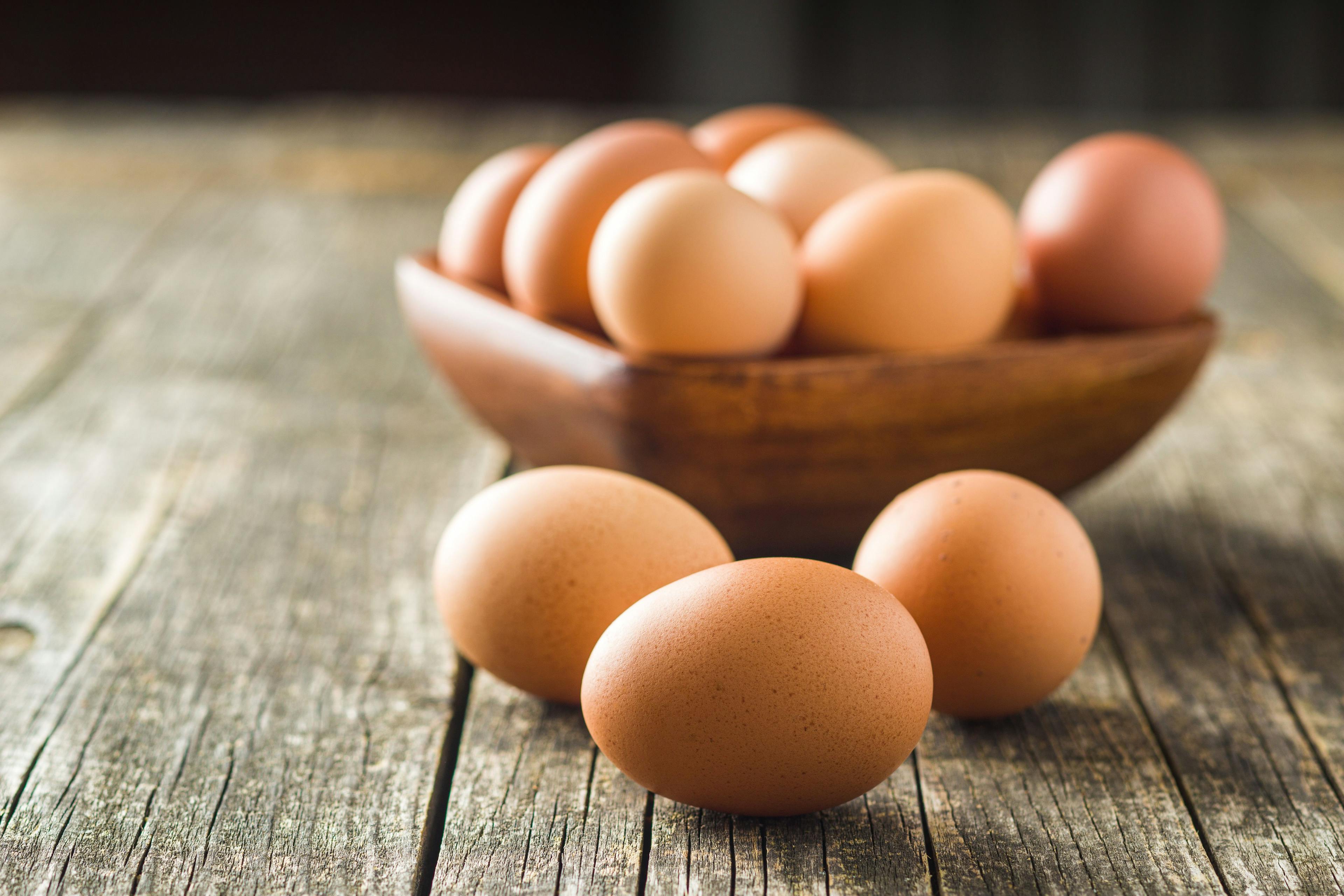Gifts for the Gas Chromatograph Owner Who Has Everything
As we approach the holiday gift-giving season, it seems timely to think about gifts for the gas chromatographer that can make our workflows more efficient, our detection limits lower, and our instruments cleaner. In preparing this list, we have considered some aspects of our work in gas chromatography (GC) that deserve a second look as we approach 2022. Our discussion includes tools and consumables to help us operate and maintain a GC instrument, manage and maintain gas supplies, and confirm instrument performance. We also consider how to put our emerging freedom from travel restrictions to good use—to learn new techniques and to enjoy our community of chromatographers again.
Although gas chromatographs have become easier to operate because of digital controls, columns that can be changed easily without using tools, and automated pneumatic controls, they are still complex instruments that can perform complex separations with high speed, high efficiency, and high resolution. Like a high-performance automobile, a gas chromatograph requires upkeep, maintenance, and attention. The coming holiday season provides an opportunity to think about upgrades for the gas chromatographer who appears to have everything. First, it is important to think of your gas chromatograph similarly to how an ardent car enthusiast thinks about a high-performance vehicle.
Keep Your Garage Stocked
A few years ago, in one of his final columns, former “GC Connections” editor John Hinshaw provided a comprehensive list of consumables and spare parts that every gas chromatographer should have handy in the laboratory (1). This article demonstrated that running a gas chromatograph is much like driving and working on a performance car, especially when it comes to maintaining it at peak efficiency. The first gift for your gas chromatograph is a tool and supplies kit, as described by Hinshaw and listed in Table I. The list in Table I includes tools, supplies, and consumables. I recommend keeping a separate, fully stocked kit with each instrument. In my own laboratory, we have several instruments from different manufacturers and of different vintages, from instruments built in the early 1990s to today. They all use slightly different consumables and slightly different tools, such as wrench sizes. When you need a tool, a septum, or a ferrule, you really need it. Save the time hunting for them around the laboratory and keep the necessary tools and supplies with each individual instrument.

Rereading John Hinshaw’s article also reminds me of some not-so-common tools and ideas that may make perfect “gifts” for the already well-equipped GC instrument and may change the thinking of even experienced GC users. For example, over the years I have made much use of a digital pressure gauge with a syringe needle attached. It is interesting to perform the simple experiment that John Hinshaw describes, and I have done that many times over the years with this tool. The digital pressure gauge with a syringe needle attached works as follows: Insert the needle into the inlet through the septum and compare the reading to the gauge on the GC instrument or the readout from your electronic pneumatic controller. The readings may not match. Understand that because of the placement of sensors and the geometry and temperature of inlet components and tubing, the actual pressure inside the glass sleeve may not exactly match the pressure indicated by the controller. In past years, with manual pneumatics, the pressure gauge reading on the instrument could only be considered an estimate. There are many other tools and ideas in this article that you may not have considered and that can help you to both operate and understand GC on a higher level.
Ensure Your Fuel Supply
As cars require fuel, or a big battery to run, a gas chromatograph requires gases. Depending on the chosen detector, one to three (sometimes four) gas supplies may be required. Gases may be carrier gases, which transport the analytes along the column, or detector gases to allow the detector to operate. At a minimum, one gas supply is required for most simple GC–mass spectrometry (MS) systems, three for flame ionization detector (FID) systems, and additional gases may be needed for specialized techniques, such as chemical ionization-MS or tandem mass spectrometry (MS/MS). If cryogens are used to cool the column below ambient temperature, this is yet another needed supply. Gases that are used as carrier or detector gases must be highly pure.
Traditionally, gases have been supplied for GC using compressed gas cylinders or facility-wide supply systems, which themselves must be supplied by a gas supplier. Over the past few years, there have been several gas shortages and ongoing supply chain and delivery problems that may affect the ability, especially for smaller laboratories like mine, to obtain the highly pure gases needed for GC. Because of recent supply chain shortages and higher costs, there is increased interest in replacing traditional helium with nitrogen or hydrogen for the carrier gas in capillary GC (2).
Regardless how you source gases, it is a good time to check your gas purity and, if you are not purchasing the highest purity gases, to check and replace your scrubbers, and also inspect your system for leaks. Carrier and detector gases should be free of impurities, especially oxygen (from both the gas source and the ambient air) and water, which may be reactive to stationary phases and may eventually oxidize detector components. LCGC’s ChromAcademy provides excellent advice on using in-line scrubbers between the gas tank and the instrument, and an electronic leak detector is another gift you can buy for your instrument if you do not possess one (3).
Once the scrubber media are replaced and the gas lines are reassembled and pressurized, use an electronic leak detector (do not use “Snoop,” soap, or other soap solutions) to test all the connections to ensure they are leak-free. In his article, John Hinshaw suggested using a volatile alcohol, such as isopropanol, and a dropper to test for leaks in compressed gas fittings. Making gas line fittings secure and leak-free, while making sure they are set up safely, was discussed in previous “GC Connections” columns (4,5).
Figure 1 shows the mass spectrum from a failed air and water check on a comprehensive two-dimensional gas chromatography–mass spectrometry (GCxGC–MS) system. In electron ionization (EI)-GC–MS, air and water checks are performed by comparing the signals for air (N2, m/z = 28 and O2, m/z = 32) and water (H2O, m/z = 18) to the signal at m/z = 69, which is the base peak for perfluorotributyl amine (PFTBA), the classical electron ionization mass spectrometry calibration compound. The presence of water indicates contamination of the gas flow reaching the detector. The absence of air indicates that the contamination is most likely not coming from a leak to the atmosphere and that the carrier gas itself is contaminated with a small amount of moisture. The absence of air is also an indication that a water adsorbent trap is either needed or needs to be replaced.
FIGURE 1: Mass spectrum showing an air and water check on a GCxGC–MS system that failed for water only. The peak at m/z = 18 indicates the presence of water in the gas flow entering the mass spectrometer.

Recently, there has been a significant uptick in interest in gas generators for both carrier and detector supply gases, especially for nitrogen and hydrogen as carrier gases and hydrogen and air as flame ionization fuel and oxidant gas. Gas generators today are smaller, require less maintenance, and provide larger volumes of more highly pure gases than their recent counterparts. Gas generators are a significant initial capital expense, but in the long run, they generally produce high purity gases at low cost with straightforward maintenance. When making a purchasing decision, sufficient gas purity, delivery volume, and cost are primary considerations. In my own laboratory, we use hydrogen and nitrogen generators and a house air supply that is surprisingly clean.
Take Your GC for a Spin
If you work in a regulated industry, you most likely conduct performance qualification of your instruments on a regular basis, according to standard operating procedures. Many laboratories are not so heavily regulated, so performance qualification may have happened only once—when the system was installed.
Treat maintaining your instrument like maintaining your car. A well-maintained gas chromatograph can provide decades of service. Modern instruments have automated functions for monitoring basic maintenance requirements and conditions, such as number of injections on the septum, inlet liner, and column; gas flows; and temperatures.
For performance monitoring, some simple experiments and tests can assist you in ensuring that the instrument is performing as well today as when it was installed. The first performance qualification is one of your own standards, or a column test mixture, run using one of your in-house methods. It is best that the standard be reflective of the analyses that you routinely perform. Establish a schedule of running that standard at regular intervals (daily, weekly, or monthly, depending on your own sample throughput) and compare the most recent run to previous runs. If you see changes with time, such as a reduction in peak area of some or all peaks, or changes in peak shape, these can be indicators of the need for maintenance or an overall reduction in performance. In a previous column, we discussed specific techniques for preventing problems in GC–MS, many of which apply to traditional GC as well (6).
Take Yourself for a Spin
Now that we are beginning to travel again and growing tired of Zoom meetings, consider attending in-person chromatography meetings. As a professor, I can share from experience that in-person is still the best way to get trained and increase knowledge and skills. From my point of view, it is also the best way to teach. Think of an online conference or class like a rental car that you might use while your high-performance car is not available. It is a good car, but it simply is just not the same as your personal vehicle. Many of our favorite conferences for GC are coming back in-person in 2022; conferences are already moving to a mix of in-person and online offerings and of course, you can peruse their websites for sessions and speakers of particular interest.
I personally have vivid memories as president of the Eastern Analytical Symposium (EAS), which met in Atlantic City, New Jersey, in October 2001, shortly after the September 11, 2001 attacks. Along with many conferences following the attacks, EAS struggled in the wake of travel restrictions and fears, and it needed its loyal conferees to survive and ultimately thrive. As we emerge from the Covid-19 pandemic, conferences will again struggle to redefine themselves or survive in a new marketplace. Attending in-person is a win-win: You will get the best training and education at the conference, and its venue will get the economic benefit of your travel and attendance. Conferences that are meeting in-person continue to require varying degrees of Covid-19 prevention measures, including vaccination requirements, face coverings, and social distancing, so check the website and be sure you are comfortable with the protocols before you register.
Also, consider engaging or re-engaging with a local chromatography discussion group. Chromatography has a long-standing tradition, going back to the earliest days of our discipline, of local discussion groups where chromatographers meet regularly in an informal setting to network, discuss and share ideas (7). Usually, these meetings include a distinguished speaker, along with a dinner and informal net- working session with the usual refreshments. Some groups, such as the Chromatography Forum of the Delaware Valley, founded in 1966, have an international footprint, sponsoring sessions and awards at major conferences (8). These local groups are an excellent way to network and expand your knowledge of GC without making a major commitment to travel. Many have been meeting online during the Covid-19 pandemic and will likely continue their online presence going forward, in addition to re-starting in-person meetings. Having attended both, I much prefer the in-person meeting: You can arrive after work, enjoy some socializing and networking, and listen to an outstanding lecture before concluding the evening with more discussion and networking.
As we head into the holiday season and approach the end of a second year filled with unusual experiences and uncertainty, it is a good time to think about how we can move forward with some new thinking about GC and our own professional development and knowledge. Just as the high-performance car owner lovingly maintains and adds accessories and capabilities to a car, we can lovingly care for our instrument and, with the holiday season approaching, stock up our “garage” with tools and accessories to make our work easier and more enjoyable, and to encourage our thinking. Just as a high-performance car owner might travel to a car show or hang out with a local auto club to catch up on the latest accessories and tools, a chromatographer should attend a conference or engage with a local chromatography discussion group to learn the latest advances and see the latest tools and instruments. Treat your gas chromatograph as a high-performance instrument, like a high-performance car, and it will provide years of fast, high resolution results and excellent science.
References
(1) J.V. Hinshaw, LCGC N. Am. 37(9), 676–683 (2019).
(2) S.P. McCann, H. Rana, B.A. Handzo, and N.H. Snow, LCGC N. Am. 38(3), 152–158 (2020).
(3) “Gas Supply and Pressure Control,” ChromAcademy, 2021. https://www.chromacademy.com/channels/gc-training-courses/instrumentation/gas-supply-and-pressure-control/ (Accessed October 2021).
(4) N.H. Snow, LCGC N. Am. 36(1), 38–45 (2018).
(5) J.V. Hinshaw, LCGC N. Am. 36(9), 668–670 (2018).
(6) N.H. Snow, LCGC N. Am. 37(1), 18–23 (2019).
(7) G.A.P. Tuey, TrAC Trends in Anal. Chem. 1(15), V–VI (1982).
(8) The Chromatography Forum of the Delaware Valley, https://www.cfdv.org/ (Accessed October, 2021).
ABOUT THE AUTHOR
Nicholas H. Snow is the Founding Endowed Professor in the Department of Chemistry and Biochemistry at Seton Hall University, and an Adjunct Professor of Medical Science. During his 30 years as a chromatographer, he has published more than 70 refereed articles and book chapters and has given more than 200 presentations and short courses. He is interested in the fundamentals and applications of separation science, especially gas chromatography, sampling, and sample preparation for chemical analysis. His research group is very active, with ongoing projects using GC, GC–MS, two-dimensional GC, and extraction methods including headspace, liquid–liquid extraction, and solid-phase microextraction. Direct correspondence to: LCGCedit@mmhgroup.com


New Study Reviews Chromatography Methods for Flavonoid Analysis
April 21st 2025Flavonoids are widely used metabolites that carry out various functions in different industries, such as food and cosmetics. Detecting, separating, and quantifying them in fruit species can be a complicated process.
University of Rouen-Normandy Scientists Explore Eco-Friendly Sampling Approach for GC-HRMS
April 17th 2025Root exudates—substances secreted by living plant roots—are challenging to sample, as they are typically extracted using artificial devices and can vary widely in both quantity and composition across plant species.
Sorbonne Researchers Develop Miniaturized GC Detector for VOC Analysis
April 16th 2025A team of scientists from the Paris university developed and optimized MAVERIC, a miniaturized and autonomous gas chromatography (GC) system coupled to a nano-gravimetric detector (NGD) based on a NEMS (nano-electromechanical-system) resonator.

.png&w=3840&q=75)

.png&w=3840&q=75)



.png&w=3840&q=75)



.png&w=3840&q=75)











